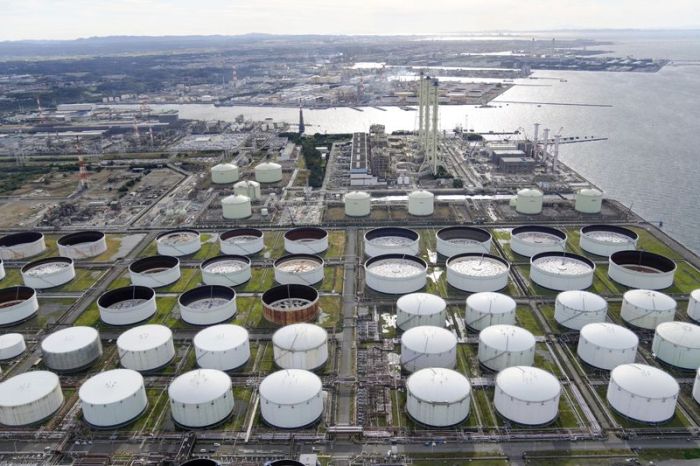SHANGHAI/BEIJING (Reuters) -Health authorities in Shanghai faced “huge” pressure to keep China’s most populous city free of COVID-19 as residents were counting down the days until June 1 when their lockdown is set to end after almost two months of isolation.
The commercial hub of 25 million achieved a fourth consecutive day without any new infections in the community, holding on to its prized “zero COVID” status and keeping alive hopes for an imminent end to lockdown misery.
Despite no new cases, authorities are not lifting the lockdown immediately, instead gradually easing restrictions until the start of next month, with some shops allowed to open this week and public transport expected to partly resume over the weekend.
Residents at housing compounds across Shanghai have been given passes that allow one person from each household to go out for a few hours at a time. Some can go out only twice a week and only within a few streets of their home.
To get into a supermarket, they also need a pass from the shop.
“The risk of finding positive infections among risk groups still exists and the pressure of … preventing a rebound remains huge,” Zhao Dandan of the municipal health commission told reporters on Wednesday.
The government of Shanghai’s Xuhui district posted pictures on its social media account of workers planting flowers alongside largely deserted streets to ensure a “clean and beautiful” environment for the “resumption of work and production in the city”.
But piles of trash spilled onto the roads in the central Changning district, and photos posted online showed weeds blanketing steps outside Apple and Versace stores in a once-busy shopping district, signs of how the city has struggled to maintain services during the lockdown.
Reuters could not immediately verify the photos.
As part of the gradual reopening, Shanghai authorities issued a list of 864 financial institutions that can resume work, three people with knowledge of the matter said.
Social media posts have shown long queues of people, mostly migrant workers, outside one of the city’s main railway stations, looking to return home after getting permission to go outside.
Some have been photographed hauling suitcases on rented bikes or making long walks from distant corners of the city.
The United States, Europe and other regions have lifted restrictions to “live with the virus” and get their economies going even as infections spread, betting that high vaccination rates will keep their populations protected.
But China has chosen a radically different path, ruthlessly restricting movement and isolating people to end any outbreak, no matter the economic cost.
Defeating the highly transmissible Omicron variant has proven an uphill battle, as the struggle in the capital, Beijing, over the past month has shown.
Overall, Shanghai reported fewer than 1,000 new cases for May 17, none from outside quarantined areas. Beijing reported 69 cases, up from 52.
The capital has been discovering dozens of new cases almost every day since April 22.
While most Beijing residents are working from home, they can at least wander about outside, albeit with few places to go, as many shops, gyms and other businesses have closed.
“I’m happy that we are not confined at home like in Shanghai but still pretty frustrated at what’s happening, as most of the countries have already moved on from COVID,” said Lin Cong, 27, who lives in Beijing’s Chaoyang district.
LOSING INCOME AND CONFIDENCE
China’s uncompromising strategy to fight COVID has placed hundreds of millions of people in dozens of cities under restrictions of some kind and disrupted a global rebound in production of everything from mobile phones to electric vehicles.
Companies from Apple to Tesla have taken a hit.
E-commerce giant JD.com said on Tuesday it was cautious about its outlook, because consumers were losing income and confidence and logistics have been disrupted.
This week, data showed Chinese consumption and factory output falling in April at a pace unseen since early 2020, as COVID, first detected in Wuhan city in late 2019, was beginning its global spread.
Meanwhile, new-home prices fell last month for the first time since December.
Goldman Sachs on Wednesday cut its 2022 economic growth forecast for China to 4% from 4.5%, well below the government’s official target of around 5.5%, and warned it could slip further.
“This lower growth projection embeds the assumption that COVID is mostly under control going forward, the property market improves from here, and the government provides substantial policy offset” the bank’s analysts said in a note.
“While risks to our central forecast are two-sided, the tail may be fatter on the downside.”
Chinese shares dipped and the yuan softened as bonds faced continued capital outflows.
(Reporting by David Stanway, Brenda Goh, Winni Zhou, Casey Hall in Shanghai; Martin Quin Pollard, Yifan Wang and Eduardo Baptista in Beijing; and the Beijing and Shanghai bureaus; Writing by Marius Zaharia and John Geddie; Editing by Tomasz Janowski)






























